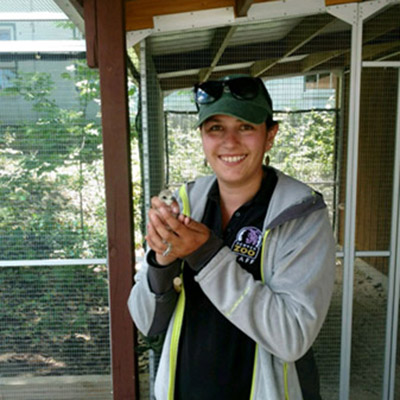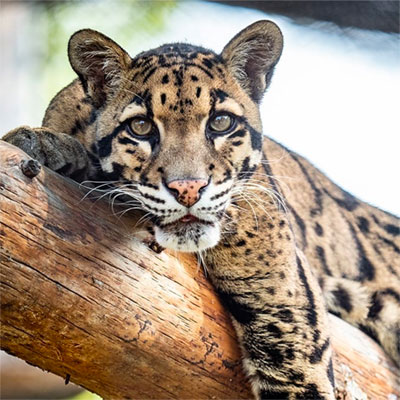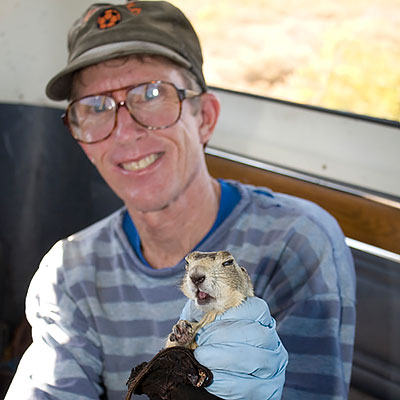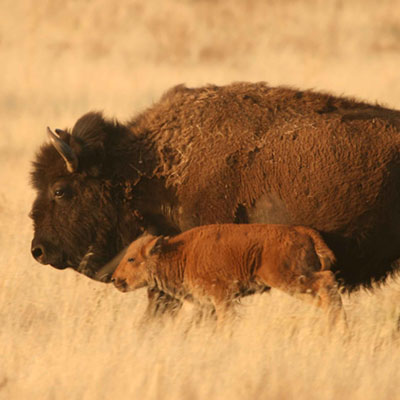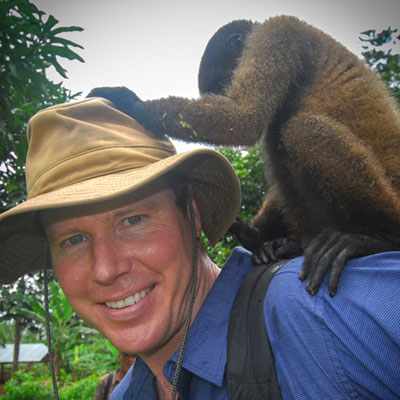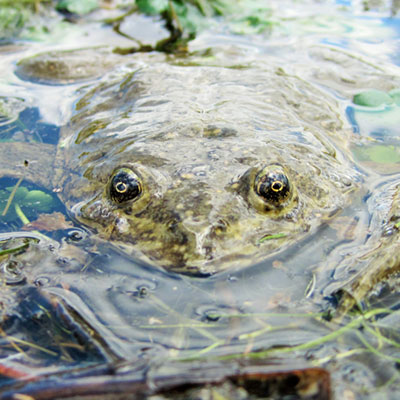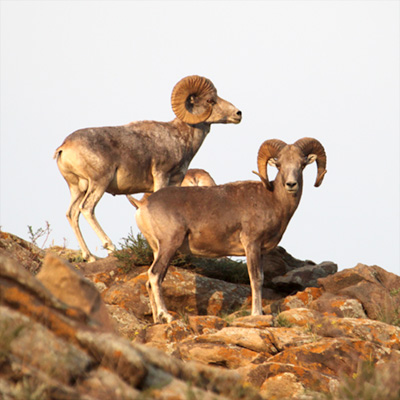Women are an untapped resource for conservation. As the primary users of natural resources around the world, they are full of vital knowledge about wildlife and the environment and capable of driving change within their own communities. However, on a global scale and in the field of conservation, women’s roles are marginalized and underrepresented.
Untapped is a project that looks to give women the tools they need to gain knowledge, have a voice, and feel empowered to become active leaders in wildlife conservation.

